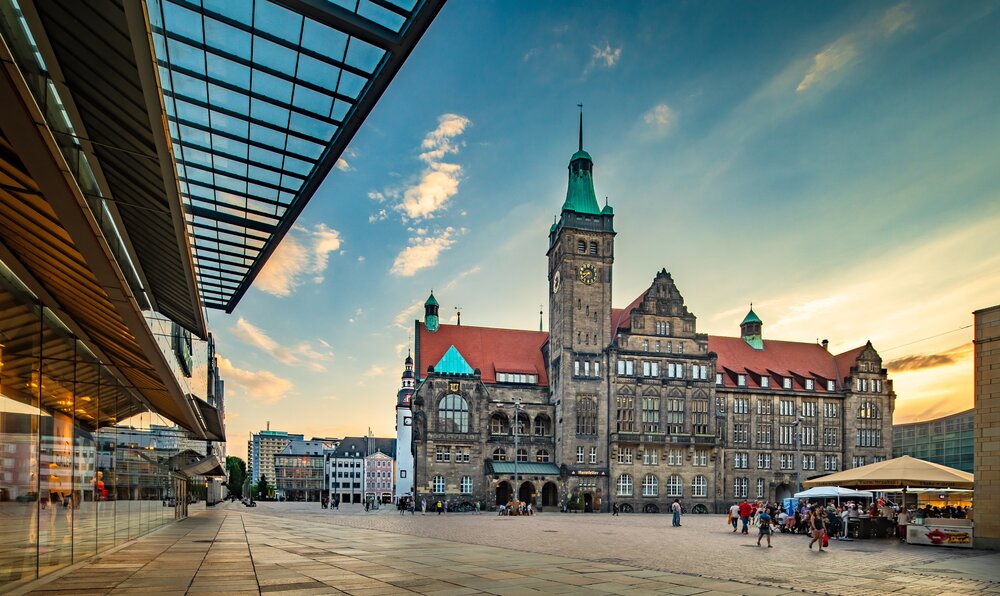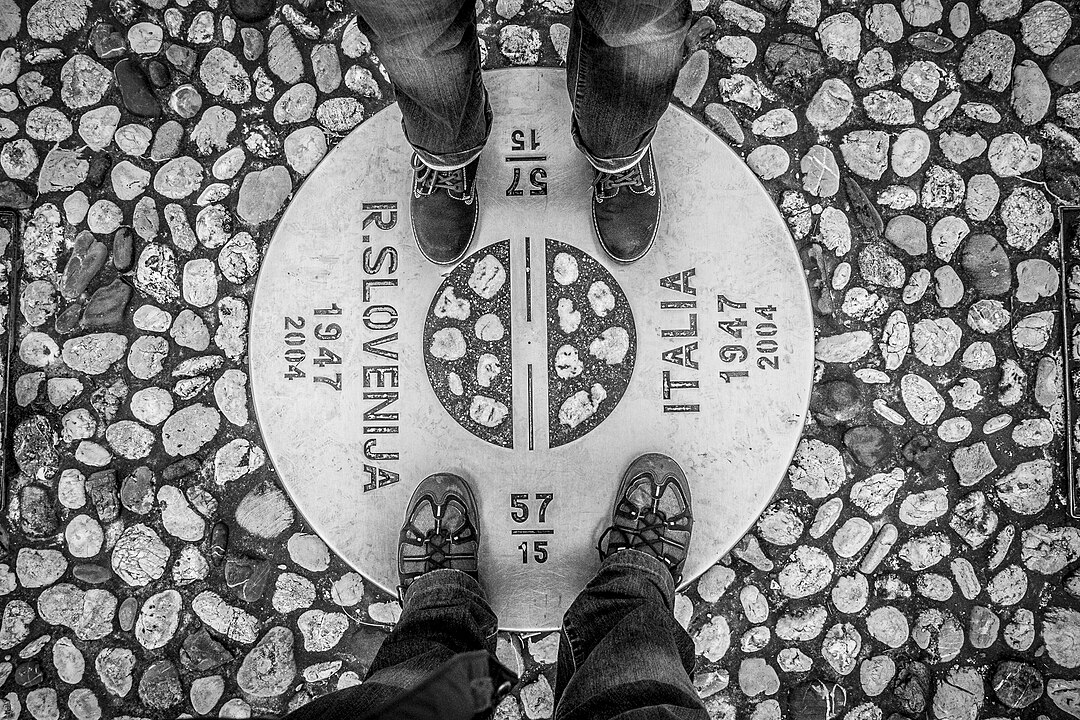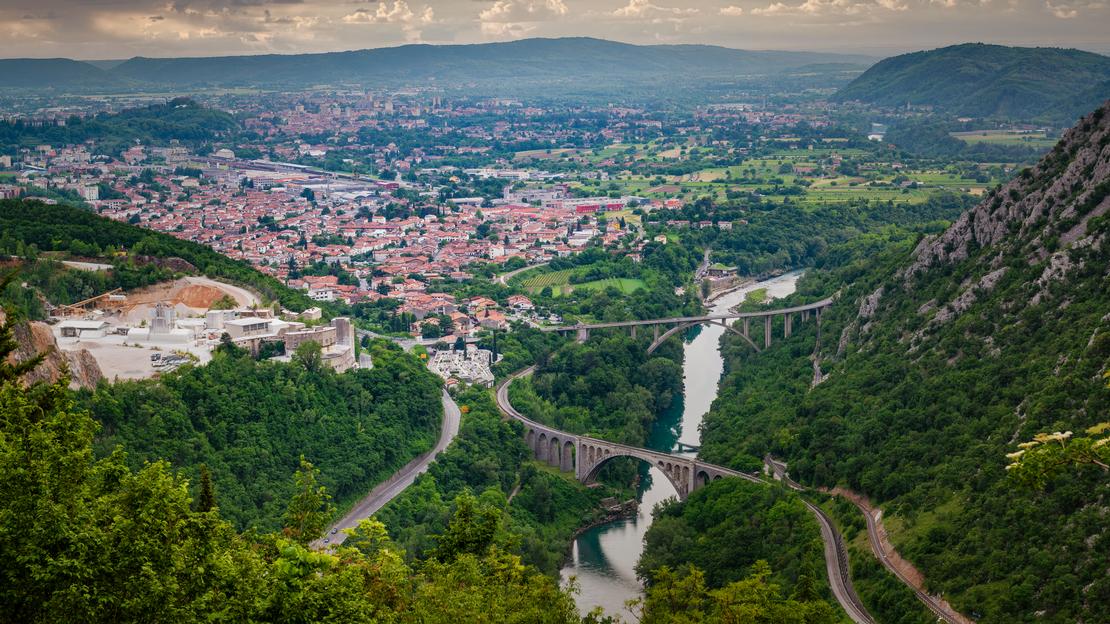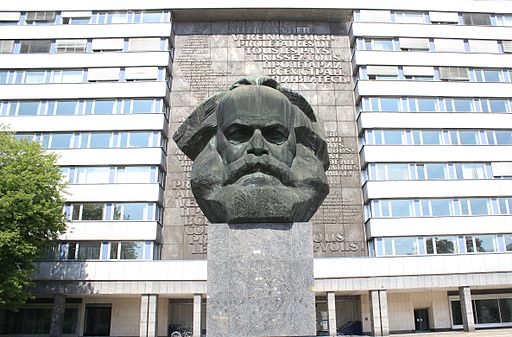In the heart of Eastern Germany, a towering portrait bust of Karl Marx has dominated Chemnitz's downtown landscape since 1971. Standing nearly 4 metres tall, the statue embodies the city's relationship with communist history.
Marx himself never set foot in Chemnitz. Born in Trier and dying in London, he had no direct connection to the city. Yet, during the German Democratic Republic (GDR) era, Chemnitz was renamed Karl-Marx-Stadt, becoming a symbolic tribute to the philosopher.
The city's journey from Karl-Marx-Stadt to modern Chemnitz reflects Germany's broader narrative of political and social reinvention. Chemnitz aspires to become a cultural hub while highlighting its industrial history. The Saxon city shares the title of European Capital of Culture with Nova Gorica in Slovenia for 2025.
“C the Unseen” is the motto with which Chemnitz and 38 other cities in central Saxony, which together form the extended area of the European Capital of Culture, introduce themselves.

January 18, 2025 marks the beginning of a year full of festivals, exhibitions, theatre, performances, but also sports, culinary delights, workshops and events. Through the events, the organisers will attempt to highlight the past and present of the people living in the area.
Chemnitz, Zwickau and the surrounding region have made a major contribution to Germany's industrial development, particularly in the textile, engineering, railway and automotive sectors.
Mining in the Ore Mountains once made the region an economic stronghold and the traditional arts and crafts are still world-famous today. The Erzgebirge/Krušnohorí mining region has been a UNESCO World Heritage Site since 2019.
The city will host a rich program of events through the year. One notable project, #3000Garagen, will examine the social significance of garages during the GDR era - spaces that were far more than mere parking spots.
Industrialisation brought wealth and prosperity to the region, as well as a flourishing of art and culture. The leading museums and unique architecture bear witness to this. The region is characterised by a high density of medieval, Renaissance and Baroque castles, as well as theatre, music and art collections.
According to those responsible for the organisation of the cultural capital, the ability to constantly reinvent oneself is deeply rooted in this region. Today the city is being re-invented as a modern cultural destination on the occasion of its title of European Capital of Culture for 2025. It “aims to reinforce the role of civil society through community-driven cultural projects and build a network of ‘European makers of democracy’”.
A cultural capital beyond borders

The twin cities of Nova Gorica (Slovenia) and Gorizia (Italy) will become the first cross-border European Capital of Culture, embodying the continent's vision of unity.
Under the slogan “GO! Borderless,” these once-divided cities are transforming a historical frontier into a dynamic cultural landscape. What was once a stark border dividing Slovenia and Italy will now serve as a canvas for over 400 cultural events celebrating shared heritage and mutual understanding.
Under the Habsburg Empire, the city was a vibrant melting pot where German, Italian, and Slovenian languages intermingled freely in its bustling streets.
The aftermath of the First World War dramatically altered the city's destiny. With the collapse of the Habsburg monarchy, Görz became Italian and was renamed Gorizia. This political transformation came at a cultural cost, with Slovenian inhabitants facing forced assimilation and the city's historic diversity systematically dismantled.
The Second World War brought another profound transformation. Yugoslavia's leader, Josip Broz Tito, established Nova Gorica — a meticulously planned, modern town — in the meadows adjacent to Gorizia. The situation remained frozen even after Slovenia's independence, with the border persisting for 16 years. A breakthrough came with Slovenia's entry into the European Union in 2004 and the Schengen free movement zone in 2007, which gradually dissolved the physical and psychological barriers.

Now, in 2025, Gorizia and Nova Gorica are writing a new chapter in their shared history. As joint European Capitals of Culture, they are transforming their painful past into a narrative of reconciliation and hope.
The year-long celebration is anchored by four compelling themes that reflect the region's complex history and hopeful future:
War and Peace: Exploring a turbulent past through projects like the Walk of Peace, which traces the area's conflict and reconciliation narratives.
Creation of the New: Celebrating innovation in architecture, arts, and social thinking, inspired by visionary figures like Edvard Ravnikar.
Smugglers: Events will examine cultural exchange and migration, highlighting the historical interconnectedness of border communities.
Very Green: Environmental initiatives will showcase the region's ecological commitment, with the emerald Soča River serving as a symbolic backdrop.
Major events are scheduled throughout the year, including:
A grand opening ceremony in February featuring 100 performers
A March for Europe in May symbolically uniting border crossings
A cross-border culinary festival in September
A light installations closing ceremony in December
Local authorities have invested significantly in infrastructure, including a new amphitheatre and renovated railway station, transforming the physical landscape to match the cultural vision.
40th anniversary of European Cultural Capitals
EU Commissioner Glenn Micallef said in a statement: “I look forward to a whole year of celebrations showcasing the diversity, identities, and values of European cultures while highlighting what brings European citizens together in celebration of our diversity, identities, and values”.
The celebrations this year have an extra dimension, as 2025 marks the 40th anniversary of the European Capitals of Culture initiative. The Commission has awarded the two 2025 European Capitals of Culture with the €1.5 million Melina Mercouri Prize, funded under the Creative Europe programme.











